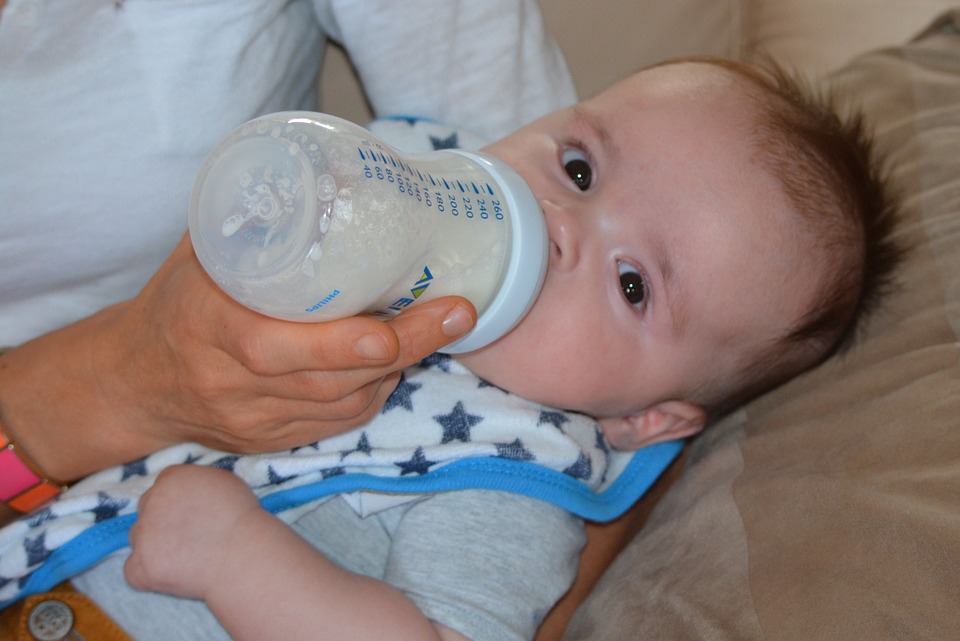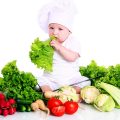Table of Contents
As a mother, you want to make sure that you follow the recommended age by age guide to feeding your baby during its first year. You need to know what to feed your child and how much to ensure they meet the dietary requirements needed for development. However, each child is unique and some will eat more while others eat less. The dosage is therefore irrelevant but the frequency and type of food that is given to them is what matters. In this article, you’ll learn about the age by age guide to feeding your baby.
0 to 4 Months
When it comes to age by age guide to feeding your baby , they will recognize the nipple as their source of nourishment. Hence, they will look for their mother’s nipple when they are hungry or want to feed. It is important that during the first four months of the baby that you feed them with breast milk formula only. Do not introduce other types of food or milk substitute.
Since your baby’s digestive system is still in its early development, feeding them solid foods is a no-no during this stage. When it comes to determining how much to feed your child, it varies greatly. You can tell if the baby is full when they stop to drink the mother’s milk. However, experts recommend feeding your child no more than 32 ounces of breastmilk per day. The simple formula used by experts in determining the right amount of milk to feed the baby is 2.5 ounces per pound of your child’s body weight.
4 to 6 Months
At this stage, you can start preparing to feed your child with solid food. But do not rush it, especially if you are breastfeeding your child. Expert pediatricians recommended breastfeeding or feeding your child with breast milk formula for up to 6 months.
You can tell if your child is ready to eat solid foods when they are able to sit on a high chair, hold their head up on their own, show interest in food, or mimic a chewing motion. Ideally, your baby must weigh at least 13 pounds before you can feed them with solid foods.
6 to 8 Months
At this point, you should really start to integrate solid foods into your child’s diet. You should still continue to feed them with breast milk. But you can incorporate solid food items such as pureed fruits (recommended fruits are banana, peaches, and pears), pureed vegetables (best vegetables for your child are carrots, sweet potato and squash), pureed meat or tofu, pureed legumes and cereals rich in iron (such as barley and oats).
8 to 10 Months
Aside from feeding your child with solid foods, you can also add finger foods to their diet. You will notice their readiness for this type of diet when they start to pick food items using their fingers. They can also transfer an item from one hand to another during this stage. Aside from feeding them with breast milk, you can also feed your child with mashed vegetables, mashed fruits, small bits of meat and other sources of protein, cereals, and finger foods.
10 to 12 Months
Your child is now able to consume combo foods such as casseroles and macaroni and cheese. You can keep the other food items during the 8th to 10th month into their diet. You can, however, increase the size of the food serving from mashed to cubes or strips.






 I love to write books about family, dating, household, and healthy living. My books are written for everyone in an easy to read and understandable style.
I love to write books about family, dating, household, and healthy living. My books are written for everyone in an easy to read and understandable style.